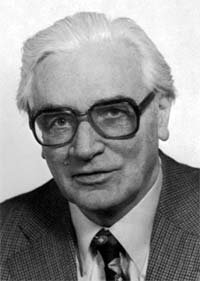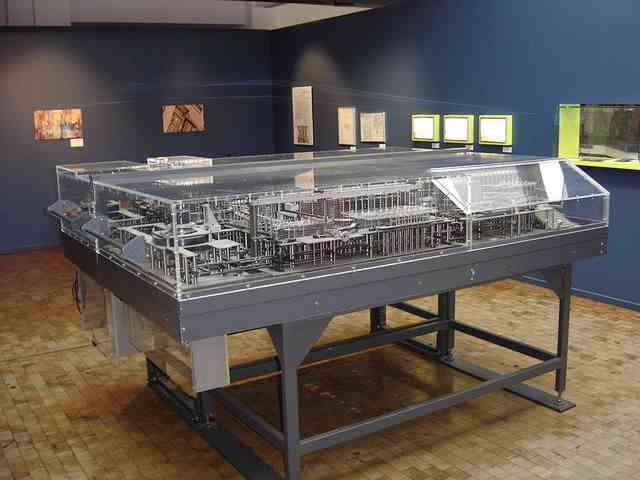There is no doubt that the World War II pushed forward the development of the digital computer. In the USA it was the need to calculate firing tables for artillery and later the atomic bomb simulations (see Issue 1, December 2016). In the UK it was the highly secret code cracking work of Alan Turing and his team at Bletchley Park (see Issue 2, January 2017). An equally or more interesting development took place in Germany. But it may be different from what you expect.

Konrad Zuse (1910 – 1995) graduated in 1935. He started working as mechanical stress analyst at the Henschel aircraft company. That meant solving large numbers of linear algebraic equations. In 1936 he started building a machine to ease these tedious calculations. Originally it was named V1 (Versuchsmodell = Testmodel). Zuse renamed it to Z1 (Zuse 1) later. The machine was finished in 1938 in his parent’s living room.
The Z1 was fully mechanical, there was no electricity involved. It consisted of over 30,000 metal parts. Today the Z1 is considered to be the first binary programmable computer.

Z1 replica in the German Museum of Technology in Berlin
The Z1 even had a keyboard and showed its results via a row of lights. Although its mechanical construction was ingenious, its most important feature was that it used binary numbers. All mechanical calculators before the Z1, and even Babagge’s design, were based on decimal arithmetic. The machine wasn’t reliable and of course it was very slow. It had nine instructions and each one took multiple cycles to complete and each cycle took one second.
In 1939, the German military commissioned Zuse to build the Z2, which was largely based on the Z1. Later, he completed the Z3 in May of 1941, the Z3 was a revolutionary computer for its time and is considered the first electro-mechanical and program-controlled computer. Finally, on July 12, 1950, Zuse completed and shipped the Z4 computer, which is considered to be the first commercial computer.